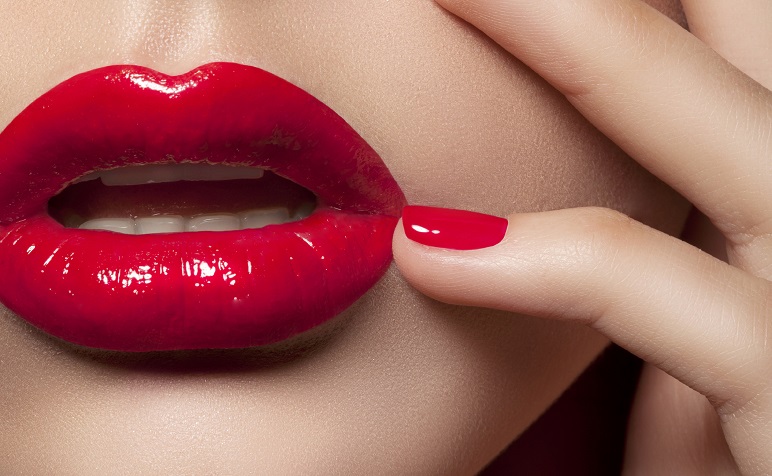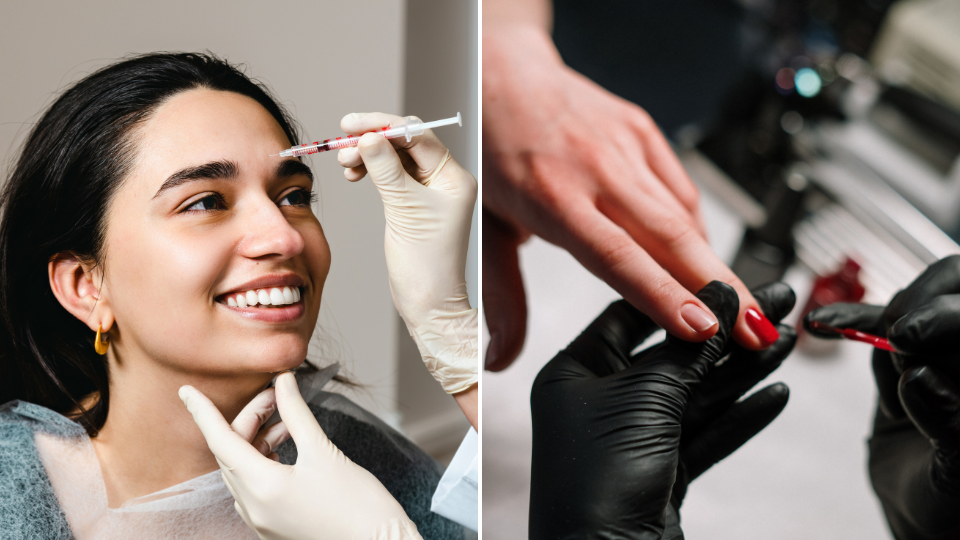Woodlands Explains: Lip Filler (Part 2)
Last month we posted a blog discussing lip filler and some of the things you should be aware of as a patient considering this treatment. In the second part of this blog, we are going to answer some of the most common questions we are asked about lip enhancement and hopefully help you to understand a bit more about issues such as pain, pricing and complications.
What will happen at my lip enhancement appointment?
A thorough medical consultation should be carried out before any treatment takes place. This will allow the practitioner to check your medical history and ensure that you’re safe to have the treatment, while also making sure that you understand what’s involved and what to expect. The practitioner will also take some “before” photos of your lips, from different angles, so that they can keep a record of what your lips were like prior to treatment.
Once your consultation is complete and the practitioner has established that you are safe to have treatment, you may wish to have it done there and then, or you may prefer to go home and think about the information you’ve been given, and then book to come back at a later date once you’ve decided to go ahead.
Does lip filler hurt?
No injection is ever completely painless, and the lips contain a lot of nerve endings, so lip injections can be uncomfortable. Many of the filler products on the market today contain lidocaine, which is designed to make the treatment less painful. A topical anaesthetic (numbing cream) can also be applied to the lips and the surrounding skin, which helps to numb the area before injection.
How long will my results last for?
Most HA fillers that are used in the lips last between three and six months, although some may last longer. There are lots of factors that can affect this. The filler is eventually broken down by the body and the rate at which this happens will depend on how fast your metabolism is. The lips are also always moving; we talk, we eat, we laugh we smile and all of these little movements can contribute to the break down of the filler. Other factors such as sun exposure and lifestyle can also impact the longevity of your results.
I’ve seen lip filler advertised cheaper elsewhere - why is yours more expensive?
Don’t forget that when it comes to medical aesthetic treatments, cheapest isn’t always best. Lip enhancement is not a “one size fits all” procedure and a good practitioner will carefully assess each patient individually before starting the treatment. The cost of the product and equipment, the treatment room or clinic, and the practitioner’s training and skill will all be reflected in the price, so if a practitioner is charging a very low price, you should question why and how they are able to do this.
What can go wrong?
Lip augmentation is a medical procedure and, like any medical procedure, there are risks and complications associated with it. The main thing to keep in mind with lip filler is the possibility of swelling and/or bruising immediately after treatment. This is very common and is caused by the needle piercing the blood vessels under the skin, which results in a bruise. While steps can be taken to minimise bruising, even the most experienced practitioner can cause a bruise and there is no way to guarantee that a patient won’t bruise at all post treatment. A bruise is not necessarily a sign that a treatment has “gone wrong”, but it is also something to bear in mind, especially if you have a big event coming up in the days after your treatment. We usually recommend that patients book a lip filler appointment 2 weeks before an important event, to allow any bruising and swelling to completely settle.
Another risk with lip filler is lumps forming in or around the lips. This happens when too much filler is injected into a certain point, or if a lot of filler gathers in one area. Feeling or seeing a lump in your lip may cause you to panic, but normally they can be dealt with quite easily by firmly massaging the area to break down the filler and help to disperse it. Your practitioner will be able to do this, and may also show you how to do it so that you can continue massaging at home. On the rare occasion that massage alone won’t help, hyaluronidase can be injected into the lip to completely break down the filler, however, this is usually seen as a last resort.
A far more serious risk that can be caused by filler is vascular occlusion. First and foremost, before we scare you, we want to point out that this is a very, very rare occurrence! Vascular occlusion is when a blood vessel is blocked by the dermal filler, preventing blood from reaching the tissue that was supplied by the vessel. A skilled and experienced practitioner will have an excellent knowledge of facial anatomy, including where the blood vessels sit underneath the skin, which means they will know exactly where to inject and, to what depth, in order to avoid a vascular occlusion. Even so, a missed vascular occlusion can ultimately result in tissue death, so it is not enough for a practitioner to just know how to avoid one, but also how to deal with it, should the very unlikely event arise. Vascular occlusion can be reversed as long as quick action is taken by the practitioner.
We hope that this blog post is useful to those of you who are considering lip filler for the first time. It’s so important to be aware that, even though lip filler, has become for many people, “just another beauty treatment”, it is actually a medical treatment and there is a lot to consider before you have it done. As we stated in the first part of this blog, it is vital that your treatment is carried out by a skilled and experienced practitioner. Of course, we would love for you to come and see our excellent medical professionals here at Woodlands, but even if you don’t, please make sure that you do your research and book in with someone who will treat you safely and give you beautiful, natural results.




